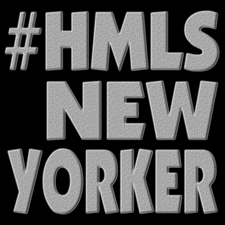“For portions of the seventeenth and eighteenth centuries, New York City housed the largest urban slave population in mainland North America, with more slaves than any other city on the continent. During those years, slaves composed more than one quarter of the labor force in the city and perhaps as much as one half of […]
Read the rest of this entry »Blog ArchivesBlog Archives
These Are The Ads In Your Neighborhood: The Corruption Of Children
Why would a picture with a character that has been marketed to children for decades be captioned like this? SMH. Train station; Brooklyn, New York. Tweet
Read the rest of this entry »Black History Fact Of The Day: How Enslaved Africans Built Brooklyn
I came across a 2012 Huffington Post article written by Alan Singer that explores how enslaved Africans built up Brooklyn. The article also discusses a Brooklyn-located African burial ground. Here’s an excerpt from the article: “At the time of the American Revolution about a third of the population of Kings County were enslaved Africans, but […]
Read the rest of this entry »Segregation In New York
“New York was a place of extreme wealth and dire poverty, of glittering Manhattan financial centers and teeming slums. It was the job of the NYPD to make sure the two universes did not overlap. There were no Jim Crow segregation laws in Mew York, as there still were in the South, but unofficial segregation […]
Read the rest of this entry »A Picture Is Worth A Thousand Words Pic Of The Week
Black Panther Party, New York City. April 11, 1969. Tweet
Read the rest of this entry »

